Figures & data
Figure 1. Selection of our sample.
Note: High schools are represented as dots. Bright (green) dots are part of the doughnut, whereas dark (red) dots are in the inner circle or outside the doughnut. The bright (green) area is the convex hull of the bright (green) schools. The inner dark (blue) area is the convex hull of the metro stations, the outer dark (blue) area is the convex hull of the suburban train stations, and the background represents the shape of the labour market region (LMR) of Munich, with the lines showing the counties within the LMR.
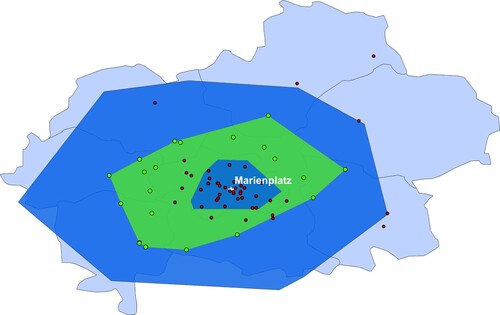
Figure 2. Overview of all Bavarian cities with a university (of applied sciences).
Note: In this map of Bavaria with county boundaries, all cities with a university (of applied sciences) are named and marked with a star. Each university (of applied sciences) is shown with a dot. The labour market region (LMR) of Munich is highlighted (in dark shading).
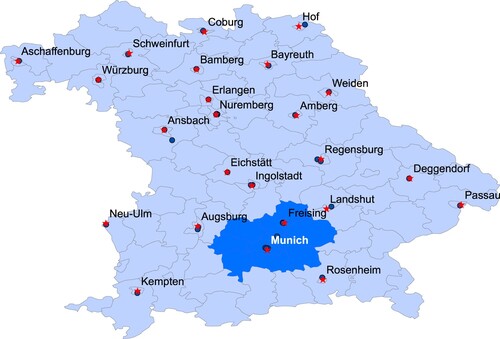
Table 1. Difference in personal characteristics between groups (defined by high-school location).
Table 2. Regression results: ordinary least squares (OLS) and instrumental variables (IV).
Table 3. Regression results: reduced form (intention to treat).
Figure 3. Exclusion restriction (with parental controls).
Note: Control variables are regressed on the instrument (distance to university). All results contain fixed effects for the county. Parental control: father’s occupational status.
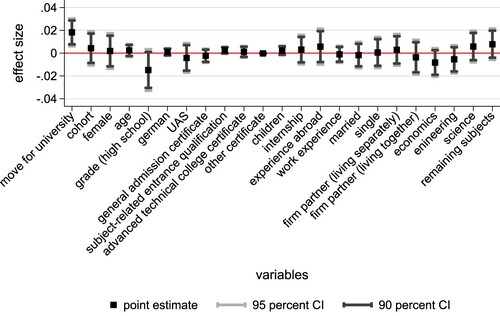
Figure 4. Robustness of estimates when changing distances of the borders.
Note: Shown is the robustness of the main effect with respect to varying the distance threshold to define the estimation sample. All results contain fixed effects for the county and controls for the father’s occupational status.
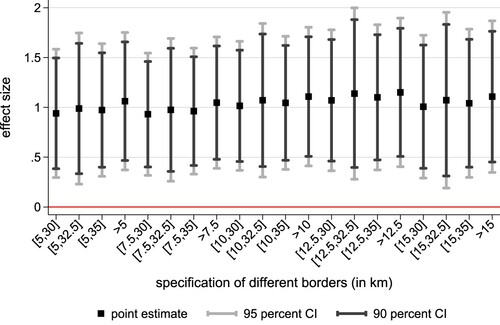
Figure 5. Robustness of estimates when controlling for different parental characteristics (broader categories).
Note: Shown is the robustness of the main effect with respect to controlling for different parental characteristics. All results contain fixed effects for the county.
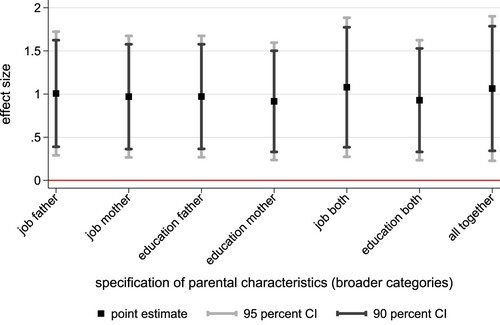
Table 4. Robustness.
